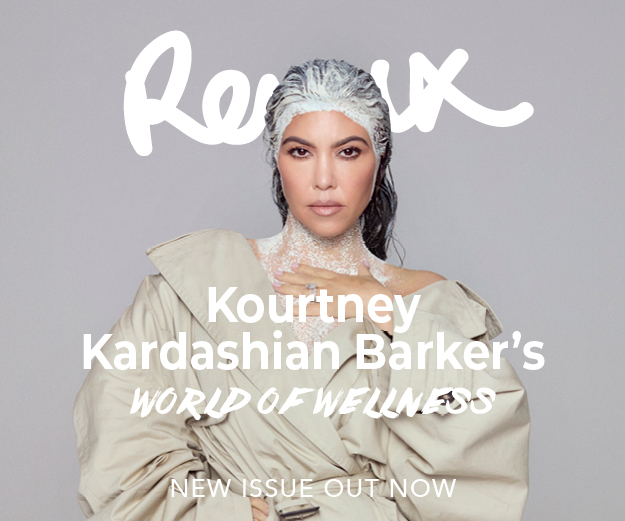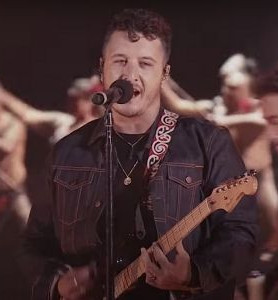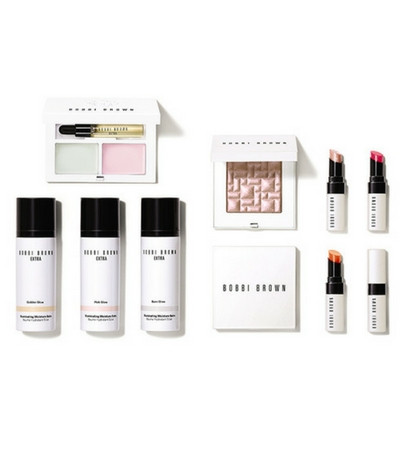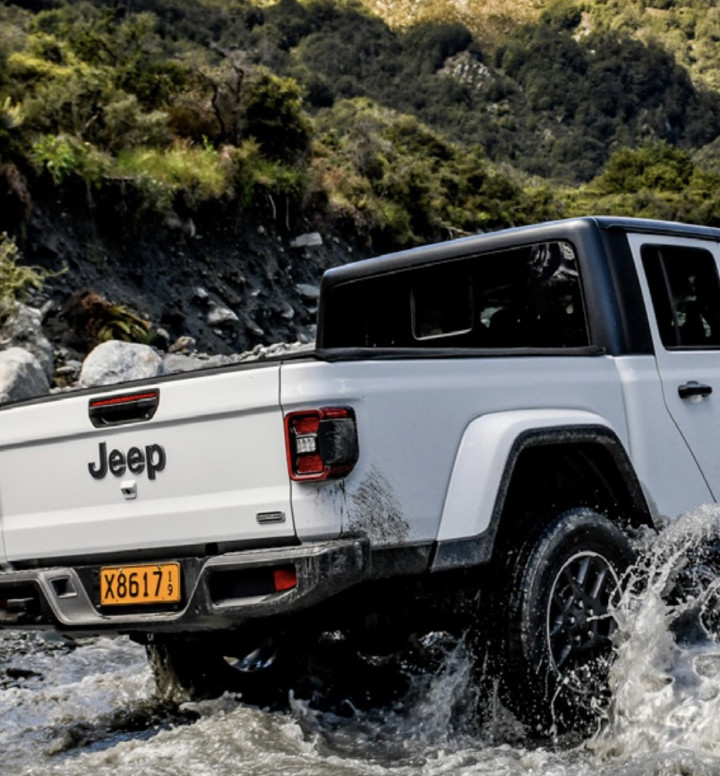In Conversation with NZ digital-artist, Richard McCoy on fashion AI
With the likes of DeepFakes surfacing more and more, artificial digital technology has us asking that very question, but fashion’s love affair with AI might just have come to its crux. Melbourne-based New Zealand digital artist, Richard McCoy, has been exploring how AI can be used to generate fashion and beauty images in his work using 3D modelling. The tech is so clever (sometimes scaringly so), the artistic results could almost be mistaken for a Remix editorial photoshoot… Editor Amber Baker caught up with the man literally playing with the future of fashion.
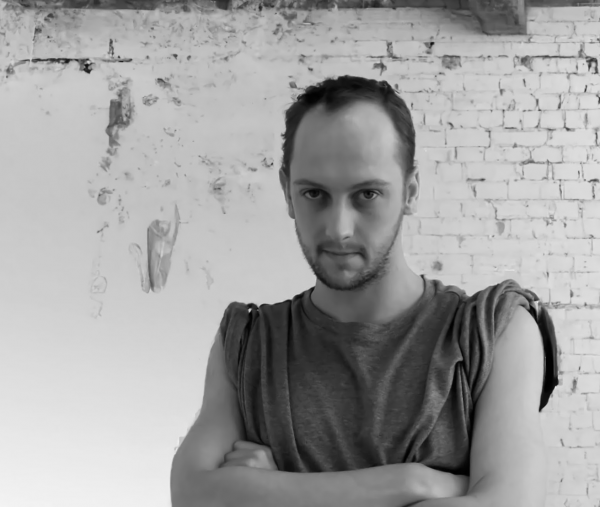
Richard, can you please explain what you do?
I’m an artist that largely works in the traditional digital world – using 3D renders mostly, but over the last few months I’ve been exploring how Ai can be used, specifically in the generation of fashion images. I’ve had six solo art shows here in Melbourne so far, all using 3D modelling, but as mentioned in the last few months I’ve been looking at the use of Ai technology to create images. I also lecture in the world of art and design at undergraduate and postgraduate level.
How exactly does Fashion AI work?
Over the last few months. I’ve been exploring how it works, and each different Ai image generator works slightly differently. Because the world of image making is so large, so many different areas, I’ve decided to specifically focus on fashion images with fashion also being my initial background. Fashion is at the intersection of commerce and art, and moves very quickly so I think it’s quite suited to the world of Artificial Intelligence. Put simply, and there are slight variations in terms of programs, it works by inputting a description of what it is that you want in the images. Some programs are more technical requiring almost coded props, others more general. And the program will give you several variations that it comes up with in a matter of seconds. From there you can refine further.
Can it literally generate an entire look...from the model, to the makeup, to the clothing?
Depending on the Ai program, it can generate the model, the makeup, the clothing, the setting. Or if you are very general with your prompts, this is what you tell the program, it will work with less, and generate the other elements itself. In terms of the style and aesthetic, you can be very specific with this. For example, if you are interested in images that are cinematic - depending on the program, you can tell it this. If you want a certain lighting style, you can tell it this too, for example, chiaroscuro lighting from Baroque paintings. Or you can be less specific and let the program fill in the blanks.
How did you fall into this line of creative work? What's your background?
In terms of origin, I’m from gorgeous Nelson and still have most of my family there. But Now I lecture in art and design in Melbourne, and for the past few years have been exhibiting my digital art – but outside the world or Ai, more focused on 3D renders. The world of Ai just felt like a natural progression from what I already do.
Do you think this concept threatens real-life models?
It’s hard to say if Ai will threaten the work of real-life models. Right this minute, no. But it’s a world that is developing incredibly quickly. It certainly can’t replace a model walking on a live runway, but can already be used in place of models for fashion shoots – technically. Or even in a hybrid way where you could shoot on a basic ‘body’, and replace the face etcetera, with an Ai model, for lower model fees. As the technology improves (right now a lot of the Ai programs struggle with rendering faces, hands, ears, teeth, and eyes really well - you can see that in my images, I quite like the distorted, imperfect affect) it will become more useful at producing humans – which could lead to threats to the modelling profession. But more than that, Ai videos are now also possible, so it could replace actors too…
How could fashion designers utilize this tech? Would you collaborate together?
So far there is already a small community of fashion designers that are using the technology to generate ideas, and iterations – by telling the AI programs the type of design they want, and letting it produce an image of it. So it can be used to generate initial ideas, which could then be developed further into a final design. So designers, pattern makers etc are still needed to release the design. Or even things like a floral pattern could be generated using AI, which could then be used as a pattern in a designer’s fashion range. It would just need to be scaled and cleaned up. Some AI programs can already produce patterns that have a perfect repeat, I’ve given it a go, from AI concept to final print strike-off, and it works! On the other side of this, fashion designers could use AI to generate promotional images of their existing designs, using AI. There is certainly a whole world of collaboration potential at all points in the design process.
Which international designer would you love to work with on generating an AI campaign?
I’d love to produce AI advertising campaigns for brands like Y-Projects, Hood by Air, Givenchy, Kiko Kostadinov, Craig Green, Rick Owens, Dior Men, Louis Vuitton, Prada – any brand that has a strong focus on technology, innovation and experimentation. Or full fashion editorials for publications. With this technology there is no need for models, photographers, stylists or hair and makeup.
How does image ownership work with AI-generated work?
Image ownership with AI is something that is changing all the time. When the program Dall-E 2 started, images couldn’t be used for commercial purposes. That’s since changed, and so far, the images created are owned by the person who makes them on the programs (but this is a fast-changing world). Right now, most AI sites request that you say when an image is created using AI technology, so there is transparency.
Working so closely with the technology, does its abilities and intelligence frighten you at all?
I must admit that the technology does scare me. So far, our world of truth and evidence relies on images – CCTV footage, photos of people caught in the act, photo evidence used in trials, eyewitness footage of disasters. When you can so easily fake all of this (and in a few years it will be so advanced that it will be very hard to tell), we could be in a very tricky place. It just adds into the idea of post-truth, and the post-truth era. The problem is that, in a few years, the internet could be flooded with fake images. There could be a time where there are more fake images online than real images, so our conception of what is really happening in the world could be altered. I imagine there will have to be digital watermarks on images that are made with AI soon, or the reverse – digital watermarks to prove an image is real?
What do you believe is the next step forwards from here with AI in fashion?
I’m not entirely sure what the future holds with this technology and how it relates to fashion. I can see some brands using AI to generate campaign images, or content creation for social media perhaps. I think we might not know it, but fast fashion brands could already be using it to generate design ideas, or even actual patterns and prints for their collections. For fast fashion using this method could be really helpful in keeping pace with the demand for new product. I’m already aware of students using it to generate initial ideas in their projects… It’s an exciting time but a little mind-bending, it’s like the future has already arrived.


